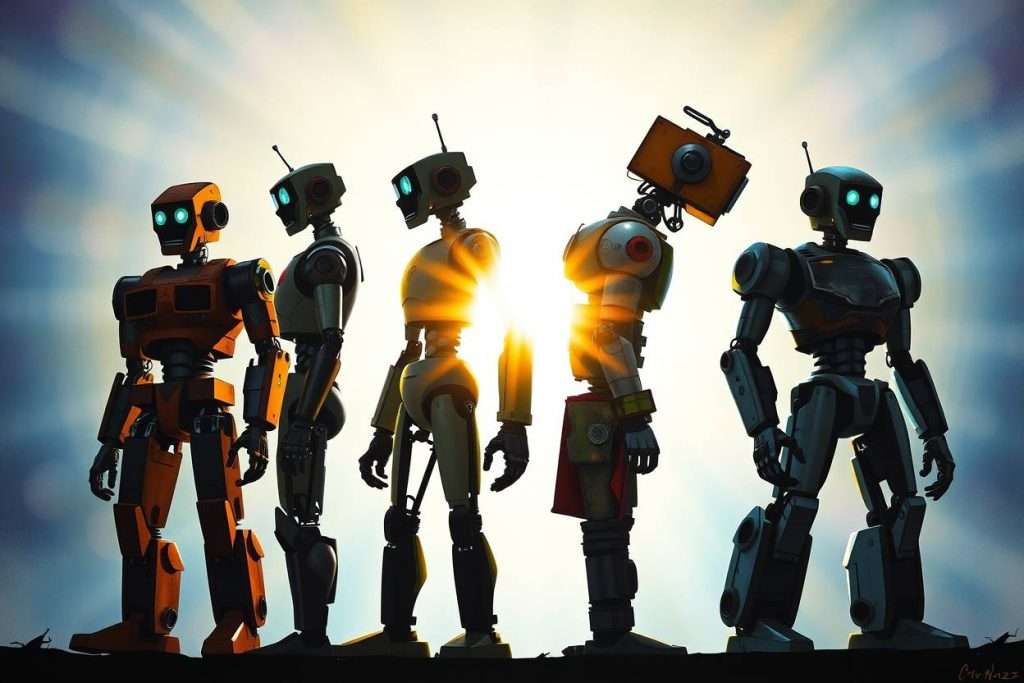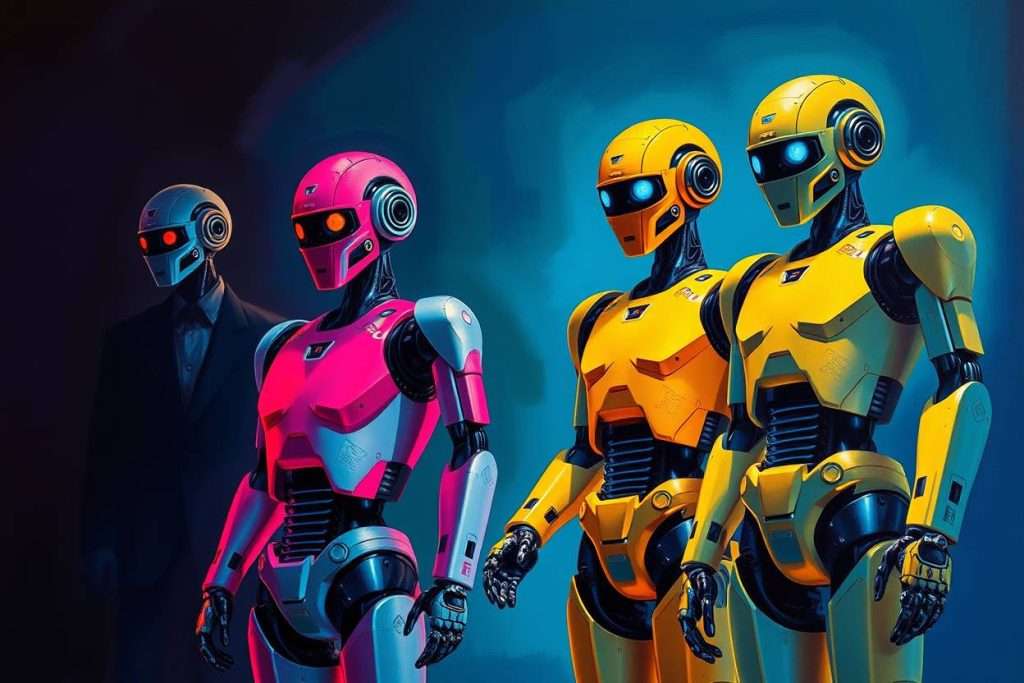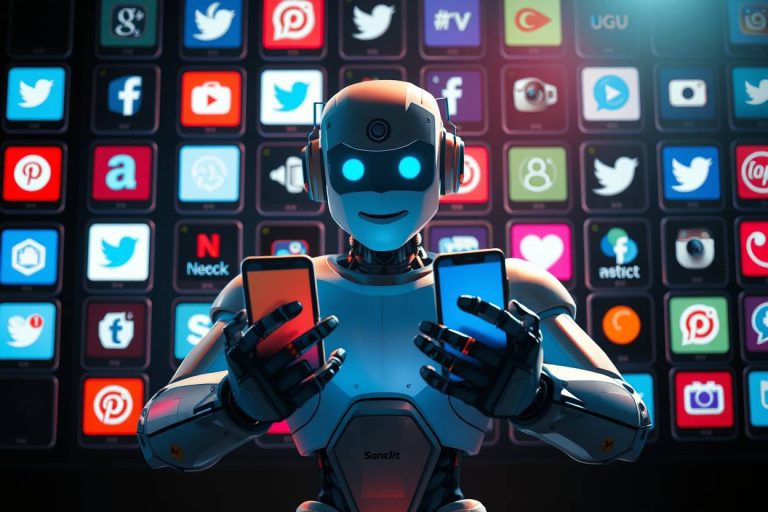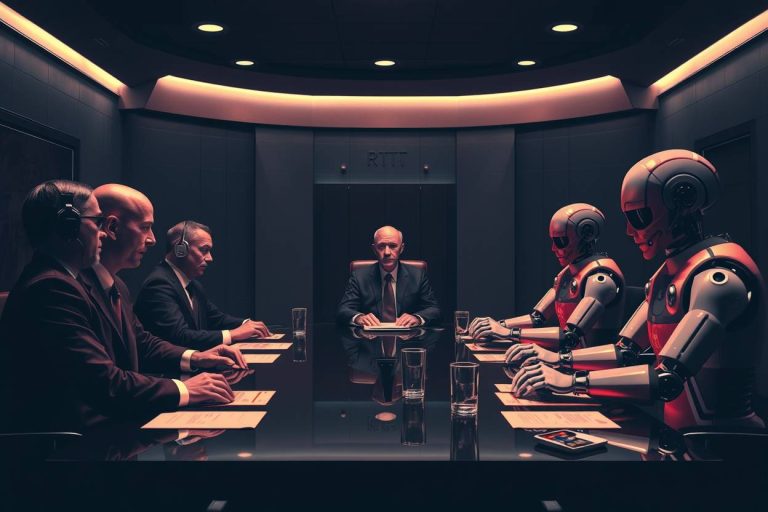AI Agents evolution: A history of technological breakthroughs

The AI Agents evolution is the historical progression of autonomous systems from simple, rule-based bots into complex agents that can reason, plan, and learn. This journey tracks the key technological breakthroughs that have incrementally increased an agent’s ability to handle complexity, uncertainty, and dynamic environments.
Key Takeaways
- AI agents evolution: The journey has progressed from bots that only react to modern agents that can plan, reason, and learn.
- The history of AI has been a cycle of progress and setbacks: Major breakthroughs have been separated by “AI winters,” periods of reduced funding and slower development.
- Three modern breakthroughs were critical: Deep learning (for perception), reinforcement learning (for strategy), and the Transformer architecture (for reasoning) created the foundation for today’s advanced agents.
- Public victories like Deep Blue and AlphaGo were key milestones: These events were crucial proofs-of-concept that validated new AI strategies and inspired a new wave of research and investment.
- The future is collaborative multi-agent systems: The next step in evolution is moving from single, powerful agents to networks of specialized agents that work together to solve complex problems.
Grasping the history of intelligent agents is key for appreciating the capabilities of today’s technology. The journey from the first symbolic AI, through periods of both rapid progress and stalled funding known as “AI winters,” to modern learning systems reveals a multi-decade quest for greater autonomy. This analysis details the pivotal moments, research breakthroughs, and pioneering applications that have defined the AI agent progress.
The Dawn of AI (1950s-1970s): The Birth of an Idea
The conceptual origins of AI agents began with a fundamental question: can a machine be made to think? This era laid the philosophical and practical groundwork for the entire field.
The Turing Test (1950): A Foundational Concept
Before the term “AI” even existed, British mathematician Alan Turing proposed the “imitation game” in his 1950 paper, “Computing Machinery and Intelligence.” Now known as the Turing Test, it suggested that a machine could be considered “intelligent” if its conversational responses were indistinguishable from a human’s. This established the foundational concept of evaluating machine intelligence based on observable behavior.
The Dartmouth Workshop (1956): The Christening of “Artificial Intelligence”
The term itself was coined at the 1956 Dartmouth Workshop, organized by John McCarthy and others. This event brought together the founding fathers of the field with the shared ambition to build machines that could reason, use language, and form concepts.
Breakthroughs in Early AI Agents: The Logic Theorist and ELIZA
- The First Planner (1956): The Logic Theorist, developed by Allen Newell and Herbert A. Simon, was one of the first working AI programs. It could prove mathematical theorems, and its importance in the history of AI agents lies in its use of search and heuristics to find a solution path—a primitive but crucial form of automated planning.
- The First Chatbot (1966): ELIZA, created at MIT by Joseph Weizenbaum, was a landmark in natural language processing. By recognizing keywords and reflecting them back in the form of questions, ELIZA could simulate a conversation with a psychotherapist, demonstrating the potential for machines to interact with humans using natural language.
The Age of Expert Systems and Early Robotics (1970s-1980s)
This era focused on capturing human knowledge in rule-based systems and giving agents a physical presence in the world. However, it was also marked by the first “AI winter,” a period of reduced funding in the late 1970s as initial optimism collided with technical limitations.
Expert Systems: Codifying Human Knowledge
The core technology of this period was the expert system, which used a large “knowledge base” of “if-then” rules from human experts. These systems were, in effect, the first large-scale application of Simple Reflex Agents. A prime example was the MYCIN system from Stanford, which could diagnose bacterial infections with a high degree of accuracy, proving the commercial potential of rule-based AI.
Breakthrough Story: Shakey the Robot (1966-1972)
Developed at Stanford Research Institute, Shakey was the first mobile robot to reason about its own actions. It could perceive its environment with a camera, build a simple internal map (a primitive Model-Based Agent), and execute a plan to navigate from one room to another. Shakey’s integration of perception, planning, and action made it a foundational milestone in robotics and autonomous AI development.
The Introduction of Memory and State (1990s): Agents Begin to See the World
After a second “AI winter” in the late 1980s and early 1990s, research rebounded with a focus on creating agents that could handle more complex, dynamic environments.
The Shift from Stateless to Stateful
The key innovation was the Model-Based Agent, a system that could maintain an internal representation of its environment. This “memory” allowed agents to function with incomplete information and understand context. This was heavily influenced by academic cognitive architectures like Soar and ACT-R, which provided general frameworks for intelligent agent design.
The Commercial Pioneer: Early Autonomous Robots
This research found its first major commercial success in robotics. Companies like iRobot (founded 1990) used model-based techniques to develop robots that could map and navigate real-world spaces, culminating in the first Roomba vacuum cleaner in 2002.
The Planning and Optimization Leap (Late 1990s – 2010s): Agents Get Strategic
The next leap in AI agent evolution was the development of agents that could not just remember the past, but plan for the future to achieve specific goals.
Breakthrough Story: IBM’s Deep Blue vs. Garry Kasparov (1997)
The victory of IBM’s Deep Blue over the world chess champion was a landmark event. Deep Blue was a highly optimized Goal-Based Agent. It could search through millions of possible future moves to find the optimal path to its goal of checkmate, demonstrating the power of strategic planning at a massive scale.
The Commercial Application: The Modern Logistics Engine
While Deep Blue was a demonstration, the real-world application of this technology was in logistics. Companies like FedEx and UPS built complex Utility-Based Agent systems to optimize their global delivery networks. These agents could plan routes that balanced multiple variables—speed, cost, and fuel consumption—to find the most efficient solution.
The Deep Learning Revolution (2012-Present): The Rise of the Learning Agent
The most recent and dramatic phase in AI agent progress has been driven by three distinct but interconnected breakthroughs in deep learning.
- The ImageNet Moment (2012) – The Perception Breakthrough: The success of the AlexNet model proved the power of deep learning for image recognition, giving agents a vastly superior ability to “see” and interpret the world.
- The AlphaGo Moment (2016) – The Strategy Breakthrough: DeepMind’s AlphaGo defeated a human Go champion by using reinforcement learning to discover new, superhuman strategies, proving that an agent could truly learn.
- The Transformer Moment (2017) – The Reasoning Breakthrough: The invention of the Transformer architecture enabled the creation of Large Language Models (LLMs), which now serve as the powerful “reasoning engine” for modern agents.
The Mainstream Catalyst: ChatGPT (2022)
The release of OpenAI’s ChatGPT made the power of LLMs accessible to the public. This created a massive surge in mainstream awareness and investment, dramatically accelerating the development and adoption of a new generation of agentic AI systems built on top of this technology.
Timeline of Key Milestones in AI Agent Evolution

This table outlines the key moments and technological breakthroughs that have defined the history of AI agents, from early theoretical concepts to modern autonomous systems.
| Era | Year | Milestone / Breakthrough | Significance |
| The Dawn of AI | 1950 | The Turing Test is proposed by Alan Turing. | Establishes the foundational concept of evaluating machine intelligence. |
| 1956 | The Dartmouth Workshop coins the term “Artificial Intelligence.” | Marks the formal beginning of the AI research field. | |
| 1966 | ELIZA, the first chatbot, is created at MIT. | Demonstrates early natural language processing and human-computer interaction. | |
| Early Robotics & Expert Systems | 1972 | Shakey the Robot is completed at Stanford. | Becomes the first mobile robot to reason about its own actions and navigate its environment. |
| 1970s | MYCIN and other expert systems are developed. | Proves that rule-based systems (Simple Reflex Agents) can achieve expert-level performance in narrow domains. | |
| 1970s-90s | The “AI Winters” | Periods of reduced funding and interest that temporarily stalled widespread AI research and development. | |
| Planning & Optimization | 1997 | IBM’s Deep Blue defeats Garry Kasparov in chess. | A landmark demonstration of a Goal-Based Agent’s strategic planning and computational power. |
| 2002 | The first iRobot Roomba is released. | Brings a commercial Model-Based Agent with basic mapping and navigation into millions of homes. | |
| The Deep Learning Revolution | 2012 | AlexNet wins the ImageNet competition. | A major breakthrough in computer vision that gave agents a superior ability to “see” and perceive the world. |
| 2016 | DeepMind’s AlphaGo defeats Lee Sedol. | Proves that a Learning Agent can discover superhuman strategies through reinforcement learning. | |
| 2017 | The Transformer architecture is introduced by Google. | Enables the creation of Large Language Models (LLMs), the “reasoning engine” for modern agents. | |
| The Mainstream Era | 2022 | OpenAI releases ChatGPT. | Makes the power of LLMs accessible to the public, dramatically accelerating agent development and adoption. |
The Current Frontier and Future Evolution
The current state of the art is a synthesis of these historical breakthroughs, but the increasing autonomy of these systems brings new challenges.
Ethical Considerations and Governance
The adoption of more powerful AI agents creates significant ethical challenges. As these systems make more high-stakes decisions autonomously, questions of accountability, bias, and control become paramount. Who is responsible if an autonomous trading agent causes a market crash, or a diagnostic agent makes an error? Developing robust AI agents governance frameworks to manage these risks is a critical area of ongoing research and policy-making and it will define the AI Agent evolution.
AI Agent progress: Multi-Agent Systems
The future of AI agent evolution lies in moving from single, powerful agents to collaborative networks.
- The “Digital Workforce” Concept: This involves teams of specialized agents that can communicate, delegate, and negotiate to solve complex problems. For example, in a smart city, a traffic management agent could communicate with the public transit agent and emergency services agents to coordinate responses during a major event, optimizing traffic flow for all parties.
- The Ultimate Vision: The goal is to create a future where autonomous systems can reliably and safely manage vast, interconnected processes, from global supply chains to personalized healthcare, marking the next chapter in the long history of intelligent agents.
This entire historical journey, from the Logic Theorist to modern LLM-powered agents, can be seen as a series of steps toward a singular, ultimate goal in AI Agent evolution: the creation of Artificial General Intelligence (AGI). The ongoing race for AGI—a hypothetical AI with the capacity to understand or learn any intellectual task that a human being can—is the driving force behind the next wave of innovation, promising to redefine the relationship between humanity and intelligent machines.




